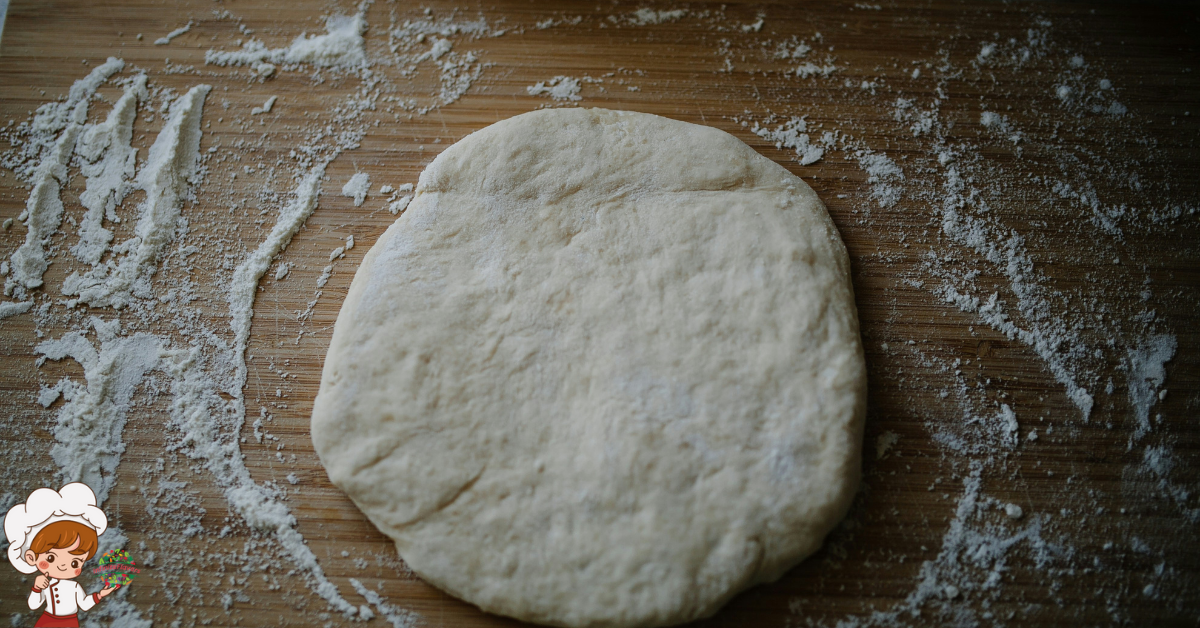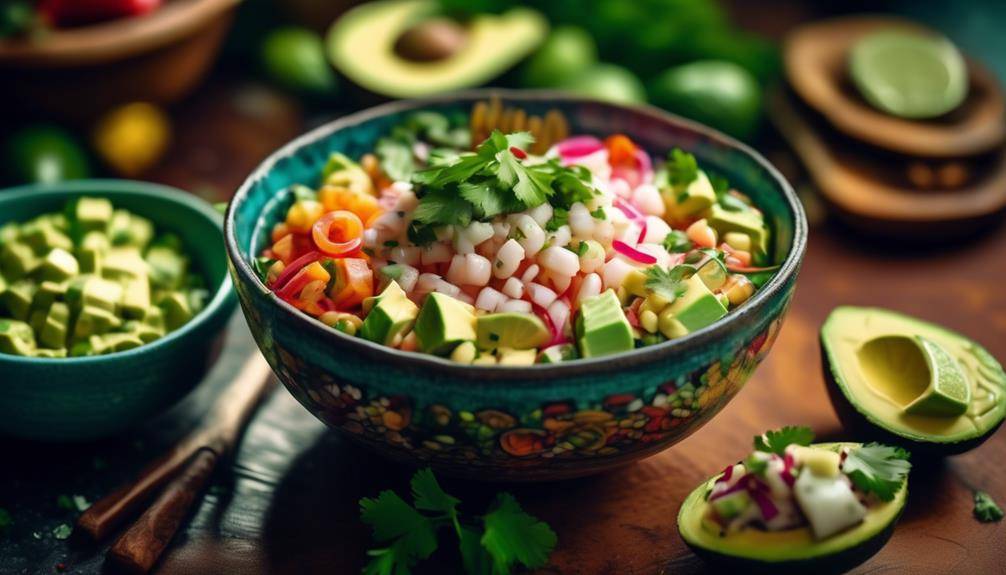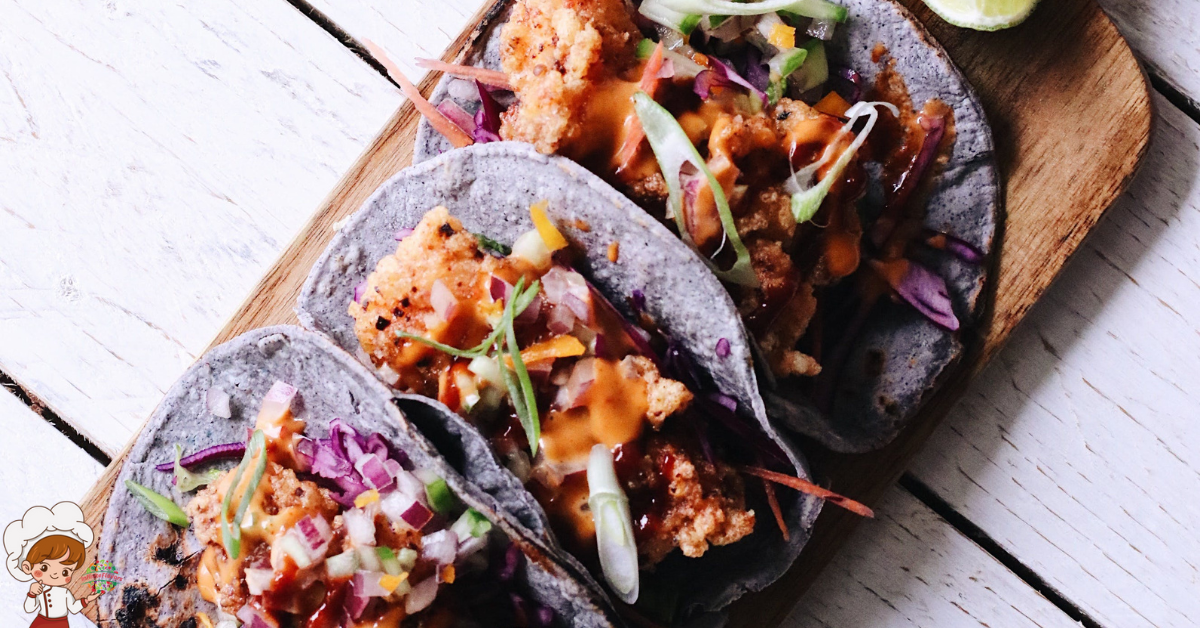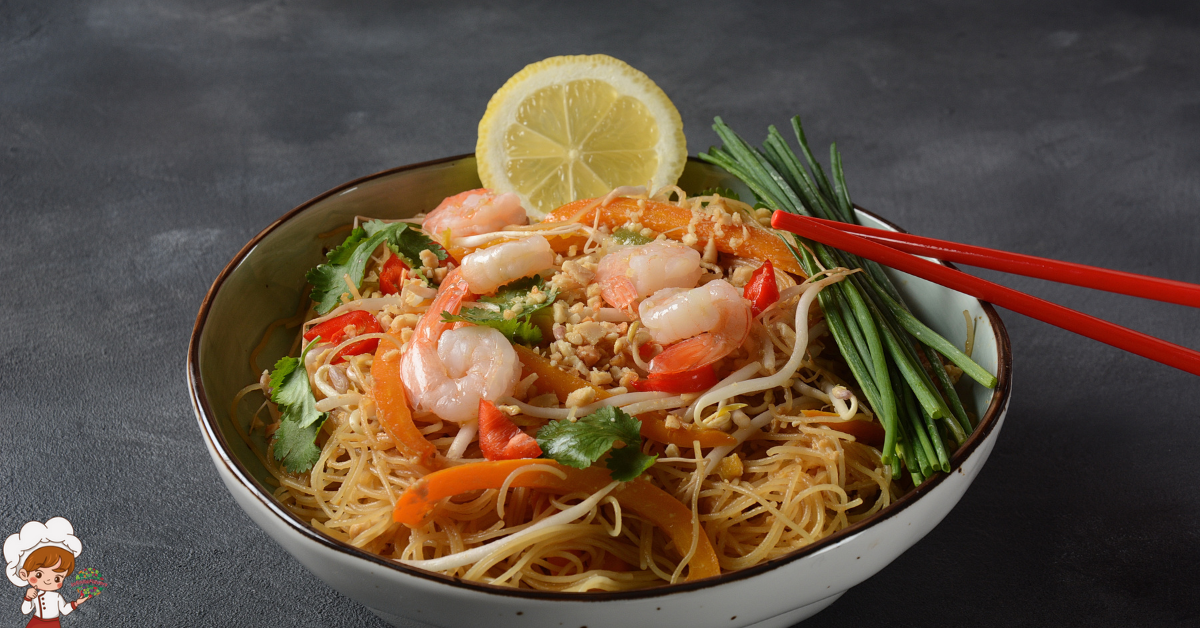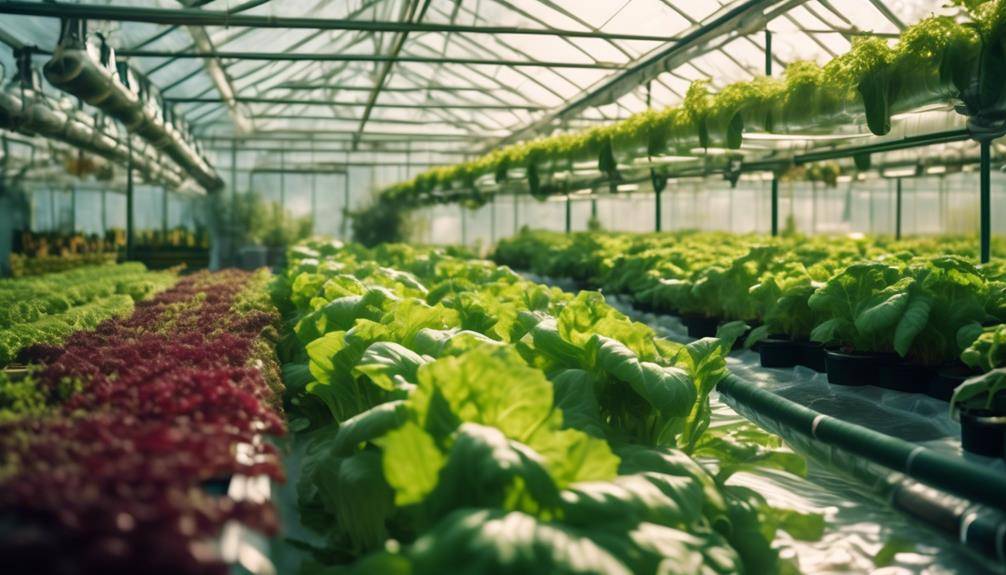Popular Moroccan Cuisine History And Influences
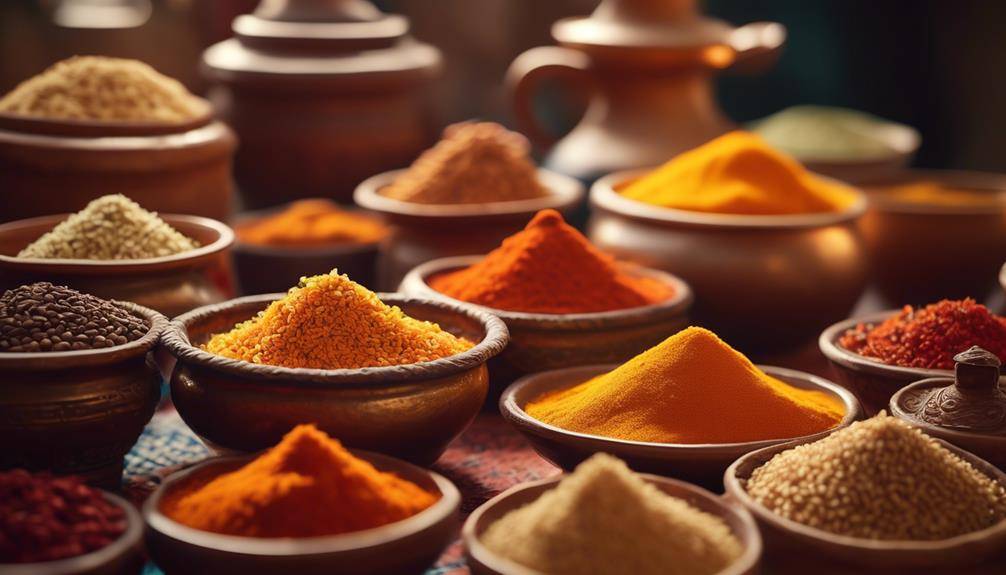
Step into the flavorful world of Moroccan Cuisine History, where ancient spices and culinary traditions intertwine to create a truly unique gastronomic experience. Embark on a journey through time, as you discover the rich history and diverse influences that have shaped this vibrant North African cuisine. From indigenous Berber flavors to the culinary traditions brought by Arab conquerors, European colonial influences, and even the techniques borrowed from neighboring African countries, Moroccan cuisine is a tapestry of flavors that will leave your taste buds yearning for more. So, prepare to tantalize your senses and explore the fascinating story behind one of the world’s most beloved cuisines.
Indigenous Berber Influences
Indigenous Berber influences have played a significant role in shaping the rich and diverse culinary traditions of Moroccan cuisine. The Berber people, who are the indigenous inhabitants of North Africa, have passed down their culinary traditions from generation to generation, contributing to the unique flavors and cooking techniques found in Moroccan cuisine today.
One of the key aspects of Berber traditions is their use of local, seasonal ingredients. The Berbers have a deep connection to the land and have developed a deep understanding of the natural resources available to them. This knowledge has led to the use of a wide variety of fruits, vegetables, grains, and herbs in their cooking. Berber cuisine celebrates the flavors of the region, incorporating ingredients such as olives, dates, figs, and almonds into their dishes.
Indigenous cooking techniques also play a pivotal role in Berber cuisine. The Berbers have mastered the art of slow cooking, using traditional clay pots called tagines to create tender and flavorful dishes. Tagines are designed to retain moisture and infuse the ingredients with the rich flavors of spices and herbs. This cooking method allows for the ingredients to meld together, creating a harmonious balance of flavors.
Furthermore, the Berbers are known for their preservation techniques, which have been passed down for centuries. By drying, salting, or pickling ingredients, the Berbers are able to extend the shelf life of their food, allowing them to enjoy the flavors of their bountiful harvests throughout the year. This practice has not only contributed to the preservation of food but has also played a role in the development of unique flavors found in Moroccan cuisine.
Arab Conquerors and Their Culinary Traditions
The influence of Arab conquerors on Moroccan cuisine is evident in the introduction of their own culinary traditions and techniques, which further enriched the already diverse and flavorful Moroccan gastronomy. The Arab conquest of Morocco in the 7th century brought with it a new wave of culinary practices and ingredients, leaving a lasting impact on the country’s culinary heritage.
One of the most significant contributions of the Arab conquerors was the introduction of spices and flavors that were previously unfamiliar to the indigenous Berber population. Arab traders and settlers brought with them an array of exotic spices, such as cinnamon, saffron, and ginger, which quickly became integrated into Moroccan cuisine. These spices not only added depth and complexity to traditional dishes but also became symbolic of the Arab culinary heritage in Morocco.
In addition to spices, the Arab conquerors also brought new cooking techniques and methods to the region. One such technique was the use of the tajine, a clay cooking vessel with a conical lid. This unique cooking utensil allowed for slow, even cooking, resulting in tender and flavorful dishes. The tajine soon became an integral part of Moroccan cuisine, with a wide variety of dishes prepared using this method.
Furthermore, the Arab conquest’s impact on Moroccan cuisine can be seen in the incorporation of staple ingredients such as rice, almonds, and raisins, which are commonly found in Arab cooking. These ingredients added a sweet and savory element to Moroccan dishes, creating a harmonious blend of flavors.
European Colonial Influence on Moroccan Cuisine
Under the influence of European colonial powers, Moroccan cuisine underwent significant transformations that shaped the culinary landscape of the country. European colonial influences played a crucial role in the evolution of Moroccan cuisine, bringing new ingredients, cooking techniques, and flavors that blended with the country’s existing culinary traditions.
One of the most notable European colonial influences on Moroccan cuisine was the introduction of ingredients like potatoes, tomatoes, and bell peppers. These ingredients, native to the Americas, were brought to Morocco by the Portuguese during their colonial rule in the 15th and 16th centuries. They quickly became integral parts of Moroccan dishes, adding new flavors and textures to traditional recipes.
The French, who colonized Morocco from 1912 to 1956, also had a significant impact on Moroccan cuisine. They introduced techniques such as braising and baking, which were previously unfamiliar to Moroccan cooks. The French also brought a love for pastries and bread, leading to the creation of popular Moroccan delicacies like baghrir (Moroccan pancakes) and msemen (Moroccan flatbread).
Furthermore, European colonial powers influenced the way Moroccan cuisine was presented and served. The French introduced the concept of fine dining and formal table settings, which influenced the Moroccan upper class. They also popularized the use of cutlery and introduced French-style restaurants in major cities.
Mediterranean Flavors in Moroccan Cooking
When it comes to Mediterranean flavors in Moroccan cooking, one cannot ignore the influence of the region’s spice blends. The vibrant and aromatic mixtures, such as Ras el Hanout and Baharat, add depth and complexity to Moroccan dishes. Additionally, the abundant use of fresh ingredients like tomatoes, olives, lemons, and herbs further enhances the Mediterranean essence in Moroccan cuisine. These flavors not only showcase the culinary connection between Morocco and the Mediterranean, but also contribute to the unique and flavorful dishes that have become synonymous with Moroccan cooking.
Mediterranean Spice Blends
To fully capture the essence of Moroccan cuisine, one must delve into the art of creating Mediterranean spice blends, which infuse vibrant flavors and aromatic notes into traditional Moroccan dishes. These spice blends are a result of the Mediterranean fusion that has shaped Moroccan cooking over the centuries. The Moroccan spice markets, known as souks, are a treasure trove of exotic spices, herbs, and seasonings that are crucial in creating these blends. Here are two sub-lists that will give you a deeper understanding of Mediterranean spice blends in Moroccan cooking:
- Essential Spices:
- Cumin: Adds a warm, earthy flavor to tagines and couscous.
- Coriander: Provides a citrusy, floral taste to marinades and sauces.
- Aromatic Herbs:
- Mint: Refreshing and cooling, perfect for Moroccan tea and salads.
- Parsley: Adds a fresh, vibrant flavor to dishes like tabbouleh and harira soup.
Influence of Fresh Ingredients
The vibrant flavors and aromatic notes of Mediterranean cuisine have greatly influenced Moroccan cooking, particularly through the use of fresh ingredients. Moroccan cuisine has a rich history of indigenous cooking techniques that have been enhanced and expanded upon through culinary fusion and innovation. The abundance of fresh ingredients in Mediterranean cuisine, such as herbs, spices, fruits, and vegetables, have found their way into Moroccan dishes, adding depth and complexity.
Fresh herbs like mint, cilantro, and parsley are used in abundance to add a burst of freshness to dishes like tagines and salads. Fruits like lemons and oranges are often squeezed for their juice or used in marinades to add a tangy brightness. Vegetables like tomatoes, eggplants, and peppers are staples in Moroccan cooking, used in a variety of dishes. The use of fresh ingredients in Moroccan cuisine not only adds flavor but also enhances the overall nutritional value of the dishes.
African Influences on Moroccan Culinary Techniques
As you explore the African influences on Moroccan culinary techniques, you will discover the rich and diverse spice blends that originated from the continent. These spice blends, such as ras el hanout and harissa, add depth and complexity to Moroccan dishes. Additionally, African cooking techniques, such as slow cooking over open fires and using clay pots, have been incorporated into Moroccan culinary practices, resulting in unique flavors and textures. The fusion of African and Moroccan culinary traditions has also led to innovative dishes that showcase the best of both cultures.
African Spice Blends
A fusion of African spices has greatly influenced the culinary techniques of Moroccan cuisine, creating a vibrant and flavorful gastronomic experience. Moroccan cuisine is known for its rich and complex flavors, and the use of African spice blends plays a significant role in achieving this. These spice blends are a result of the blending of indigenous Berber techniques with the flavors and ingredients introduced by African traders and migrants.
The African spice blends often include a combination of spices such as cumin, coriander, turmeric, ginger, and cinnamon, which add depth and complexity to Moroccan dishes. The use of these spice blends not only enhances the taste of the cuisine but also showcases the historical and cultural connections between Morocco and its African neighbors.
Indigenous Cooking Techniques
Building upon the influence of African spice blends in Moroccan cuisine, the culinary techniques of indigenous cooking have also been shaped by African influences, resulting in a distinct and flavorful gastronomic tradition. Moroccan cuisine reflects the indigenous farming practices of the region, which have been influenced by African agricultural techniques. The use of traditional cooking utensils is another aspect of Moroccan culinary techniques influenced by Africa. These utensils, such as the tagine and the couscoussier, have been used for centuries and are still an integral part of Moroccan cooking today.
The tagine, a clay pot with a conical lid, is used for slow-cooking stews and allows flavors to meld together beautifully. The couscoussier, a two-tiered pot, is used to steam couscous and other grains, resulting in fluffy and aromatic dishes. These indigenous cooking techniques, along with the African spice blends, contribute to the rich and diverse flavors that define Moroccan cuisine.
Culinary Fusion and Innovation
The culinary fusion and innovation in Moroccan cuisine, particularly in its culinary techniques, have been heavily influenced by African culinary traditions. The blending of different cooking methods and ingredients from various regions has resulted in a rich and diverse Moroccan cuisine. Here are two examples of culinary fusion techniques and innovative cooking methods that showcase the African influences on Moroccan culinary techniques:
- Tagine: This iconic Moroccan dish is a perfect example of culinary fusion. It combines the slow-cooking technique of African stews with the use of traditional Moroccan spices, such as cumin, coriander, and saffron. The result is a flavorful and tender dish that is synonymous with Moroccan cuisine.
- Preserved lemons: Another innovation influenced by African culinary traditions is the preservation of lemons. This technique involves pickling lemons in salt and lemon juice, which adds a unique tangy flavor to Moroccan dishes. The use of preserved lemons in tagines and salads showcases the creativity and ingenuity of Moroccan chefs.
These culinary fusion techniques and innovative cooking methods highlight the continuous evolution of Moroccan cuisine, as it embraces the influences of African culinary traditions.
Spices and Their Role in Moroccan Cuisine
Spices play a crucial role in Moroccan cuisine, adding depth, complexity, and a distinct flavor profile to the dishes. Moroccan cuisine is known for its rich and aromatic flavors, and spices are the key ingredient that brings these flavors to life. The role of spices in Moroccan cuisine goes beyond just adding taste; they also contribute to the overall cultural identity and culinary heritage of the country.
Moroccan spice blends, also known as “ras el hanout,” are an integral part of Moroccan cuisine. These blends typically contain a combination of various spices such as cumin, cinnamon, turmeric, ginger, coriander, and paprika. Each blend is unique, with different ratios and combinations of spices, giving them their distinct flavor profiles. These spice blends are used in a wide range of Moroccan dishes, from tagines to couscous, giving them a rich and aromatic taste.
The use of spices in Moroccan cuisine can be traced back to the country’s history of trade and cultural influences. Throughout the centuries, Morocco has been a hub for trade between Europe, Africa, and the Middle East. This has led to the incorporation of spices from various regions, resulting in a diverse and flavorful cuisine. Spices such as saffron, cinnamon, and ginger were introduced to Morocco through trade routes, and they quickly became an essential part of Moroccan cooking.
In addition to adding flavor, spices also have health benefits. Many of the spices used in Moroccan cuisine are known for their medicinal properties. For example, turmeric is known for its anti-inflammatory properties, while ginger aids digestion. The combination of these health benefits and the delicious flavors they bring to Moroccan dishes makes spices an essential component of the cuisine.
Traditional Moroccan Cooking Techniques
Now let’s take a closer look at the traditional Moroccan cooking techniques. These methods play a crucial role in shaping the unique flavors and textures of Moroccan cuisine. From slow cooking in tagines to grilling over charcoal, Moroccan cooking utilizes a variety of methods to enhance the natural flavors of local ingredients. Understanding these techniques will give you a deeper appreciation for the rich culinary heritage of Morocco.
Cooking Methods Used
Using a variety of traditional techniques, Moroccan cuisine showcases a rich culinary heritage that encompasses a wide range of cooking methods. These indigenous cooking techniques have been passed down through generations and are still widely used in Moroccan kitchens today. Here are two sub-lists that delve deeper into the traditional Moroccan cooking techniques:
- Stewing and slow cooking:
- Tajine: This iconic Moroccan dish is cooked in a conical clay pot called a tajine. It involves slow cooking meat, vegetables, and aromatic spices, resulting in tender and flavorful dishes.
- Harira: This hearty soup is traditionally made by simmering meat, lentils, chickpeas, and tomatoes with a blend of spices, creating a thick and satisfying stew.
- Grilling and roasting:
- Mechoui: This traditional method involves slow-roasting a whole lamb or goat over an open fire, resulting in succulent and tender meat.
- Chermoula: A popular marinade made with herbs, spices, and lemon juice, used to flavor grilled meats and fish.
These traditional Moroccan cooking techniques contribute to the unique and vibrant flavors that define Moroccan cuisine.
Influence of Local Ingredients
The traditional Moroccan cooking techniques, showcased through a variety of methods such as stewing and slow cooking, have been greatly influenced by the use of local ingredients. Moroccan cuisine is known for its vibrant flavors, and this is largely due to the emphasis on using fresh and seasonal ingredients sourced from local farms. Local farming techniques play a crucial role in providing the country with a wide range of produce that forms the foundation of Moroccan dishes.
The fertile lands and favorable climate in Morocco allow for the cultivation of a diverse range of ingredients, such as tomatoes, eggplants, olives, and citrus fruits. These ingredients are then incorporated into traditional Moroccan recipes, adding depth and complexity to the flavors. By utilizing local farming techniques and seasonal ingredients, Moroccan cuisine celebrates the richness and abundance of the country’s natural resources.
Popular Moroccan Dishes and Their Origins
Popular Moroccan dishes and their origins can be traced back to the rich culinary traditions and cultural influences that have shaped Moroccan cuisine. Moroccan cuisine is known for its bold flavors, aromatic spices, and unique combinations of ingredients. Here are some popular Moroccan dishes and their origins:
- Tagine:
- Tagine is a traditional Moroccan dish named after the clay pot in which it is cooked. It is a slow-cooked stew that combines meat (such as lamb or chicken), vegetables, and a blend of spices. The slow cooking process allows the flavors to meld together, resulting in a flavorful and tender dish. Tagine is believed to have originated from Berber tribes in Morocco, who used the clay pots to cook their meals over open fires.
- Couscous:
- Couscous is a staple dish in Moroccan cuisine. It is made from semolina grains that are steamed and fluffed to create a light and fluffy texture. Couscous is usually served with a meat or vegetable stew, and it is often flavored with spices such as cumin, turmeric, and cinnamon. The dish is believed to have originated from North Africa and has been a part of Moroccan cuisine for centuries.
These dishes showcase the traditional cooking techniques used in Moroccan cuisine. The slow-cooking method of tagine allows the flavors to develop and intensify, resulting in a rich and aromatic stew. The steaming process used to cook couscous preserves its texture and allows it to absorb the flavors of the accompanying stew. These traditional cooking techniques, combined with the use of aromatic spices and fresh ingredients, contribute to the unique and delicious flavors of popular Moroccan dishes.
Regional Variations in Moroccan Cuisine
Regional variations in Moroccan cuisine highlight the diverse culinary traditions and local ingredients that shape the flavors and dishes found throughout the different regions of Morocco. Each region of Morocco has its own unique cooking style and popular dishes that reflect the cultural influences and availability of ingredients in that area.
In the coastal regions, such as Casablanca and Essaouira, seafood dishes are prominent due to the proximity to the Atlantic Ocean. Grilled fish, such as sardines, is a popular choice, often seasoned with a blend of spices like paprika, cumin, and garlic. The coastal regions also incorporate indigenous cooking techniques, such as marinating fish in chermoula sauce and cooking it over open flames.
Moving inland to the Atlas Mountains, the cuisine takes on a more rustic and hearty character. Traditional Berber dishes, like tagine with lamb or chicken, are popular. These dishes are slow-cooked in clay pots over charcoal, resulting in tender meat and rich flavors. The use of indigenous cooking techniques, such as slow cooking and the incorporation of local herbs and spices like saffron and ginger, adds depth to the dishes.
In the desert regions, such as Marrakech and Ouarzazate, the cuisine is influenced by the nomadic Berber tribes. Tagine with dried fruits and nuts, like apricots and almonds, is a signature dish in this region. The use of indigenous cooking techniques, such as slow cooking over hot coals, helps to infuse the flavors of the ingredients.
Contemporary Influences on Moroccan Cooking
Contemporary influences have greatly shaped traditional Moroccan cooking, introducing new ingredients, techniques, and flavors to the culinary landscape. Moroccan cuisine has experienced a fusion of traditional and modern influences, resulting in a vibrant and diverse culinary scene.
The contemporary fusion of Moroccan cuisine can be attributed to various factors. Firstly, globalization has brought about an increased exchange of ideas and ingredients. Moroccan chefs now have access to a wider range of ingredients from around the world, allowing them to experiment and create new dishes that incorporate international flavors. This fusion of different culinary traditions has resulted in a unique and exciting dining experience.
Secondly, modern techniques have also played a significant role in shaping Moroccan cooking. Chefs are now utilizing innovative cooking methods such as sous vide, molecular gastronomy, and fusion cooking techniques. These techniques not only enhance the flavors and textures of traditional Moroccan dishes but also allow chefs to create visually stunning presentations.
Furthermore, contemporary influences have also led to a renewed focus on health and dietary preferences. Moroccan cuisine has traditionally been known for its rich and flavorful dishes, often prepared with generous amounts of spices and oils. However, with changing dietary trends and an increased emphasis on healthy eating, Moroccan chefs are now incorporating more fresh and organic ingredients into their dishes. Additionally, vegetarian and vegan options are becoming more prevalent, catering to a wider range of dietary needs and preferences.
Moroccan Cuisine History; Frequently Asked Questions
What Are Some Popular Traditional Moroccan Dishes and Where Do They Originate From?
Some popular traditional Moroccan dishes and their origins include tagine (originating from Berber culture), couscous (originating from North Africa), and pastilla (originating from Andalusian cuisine). These dishes showcase the diverse influences on Moroccan cuisine.
How Have European Colonial Powers Influenced Moroccan Cuisine?
European colonial powers, especially French colonization, have had a significant influence on Moroccan cuisine. French cooking techniques and ingredients were introduced, resulting in a fusion of flavors. This impact can still be seen in modern Moroccan dishes.
What Are Some Regional Variations in Moroccan Cuisine?
In Moroccan cuisine, you’ll find a wide range of regional specialties that showcase the diverse flavors and ingredients of different areas. From the rich tagines of the Atlas Mountains to the seafood dishes of the coastal regions, each region adds its own unique touch to Moroccan fusion cuisine.
What Are Some Contemporary Influences on Moroccan Cooking?
Contemporary fusion and modern interpretations have greatly influenced Moroccan cooking. Chefs are experimenting with new ingredients and techniques, creating innovative dishes that blend traditional Moroccan flavors with global culinary trends.
What Role Do Spices Play in Moroccan Cuisine?
Spices play a significant role in Moroccan cuisine. They are used in traditional spice blends, adding depth and complexity to dishes. By carefully selecting and combining spices, you can elevate the flavors of your Moroccan-inspired meals.
Conclusion
Moroccan cuisine is a rich and diverse blend of influences from indigenous Berber traditions, Arab conquerors, European colonialism, Mediterranean flavors, African culinary techniques, and contemporary influences. The result is a vibrant and flavorful cuisine that showcases the country’s cultural diversity. From tagines to couscous, Moroccan dishes have become popular worldwide, and the regional variations in cuisine add even more depth to this culinary tradition. Whether you’re exploring traditional cooking techniques or enjoying modern twists on classic dishes, Moroccan cuisine is sure to delight your taste buds.



